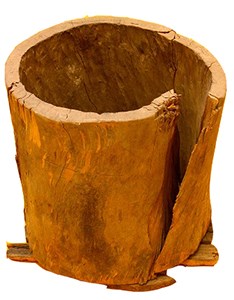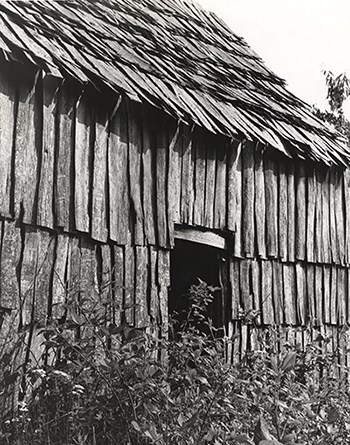
NPS photos Animals on the Farm Because hogs and sheep were so essential to the diet and household economy of the settlement, much traditional knowledge about keeping animals held sway. As Herbert Hensley explains: ". . .we had a rule, which was a law I guess, back then, that we marked all of our hogs, we had them marked. . .and if a hog was over six months old and wasn't marked, it might have been one of my hogs, but if it wasn't marked, you had the same right to it that I did." 
In addition to raising livestock, men of the settlement hunted and trapped wild game for food and for hides. They also kept bees for honey which served to supplement their diet. There was lore and traditional knowledge to hunting and trapping that the Hensley folk understood. Herbert Hensley recalls that his father and Willie Gibbons "had secret ways of trapping without bait. He would follow the trail for a fox 'til he found where it stepped over something. There's a little stick laying across the path or somethin' like that, he would find where it stepped over there. Then he'd set his trap there and the first time he'd come along, to the second time, he'd get 'em." The requested video is no longer available.

NPS photo, Earl Palmer Collection The dogs and cats on the mountain were not pets, but domesticated animals who had jobs to do and roles to play in the life of the mountain farm. Dorothy Muncey says at her grandparents' home, "their dogs, and their cats, were never used as pets. . . I mean, they took care of 'em. . .but they were there for a reason. . .and they did their job. . .we had a dog that went for cows, a dog to help with the sheep. They had a dog for hunting. And their dogs served a purpose. So did their cats. They were at the barn. . . especially there for the mouse situation." |
Last updated: June 16, 2015
